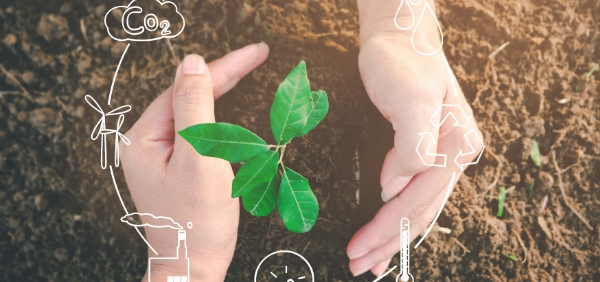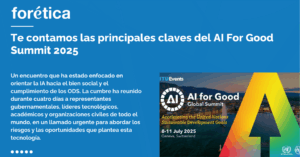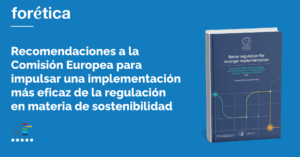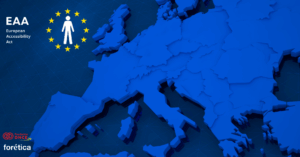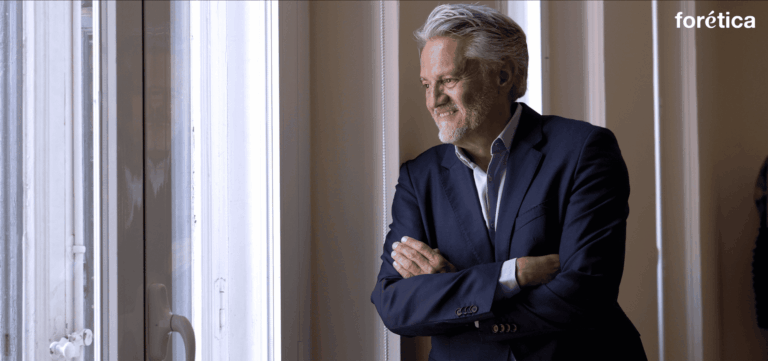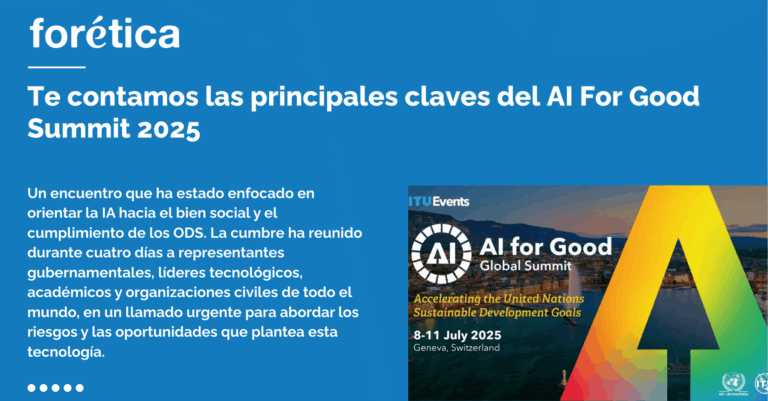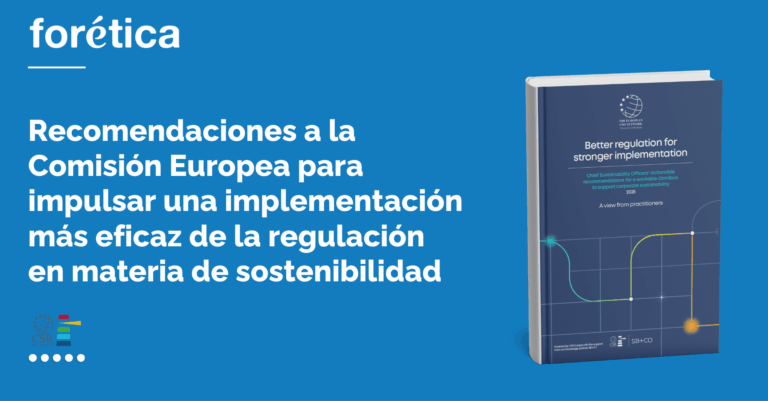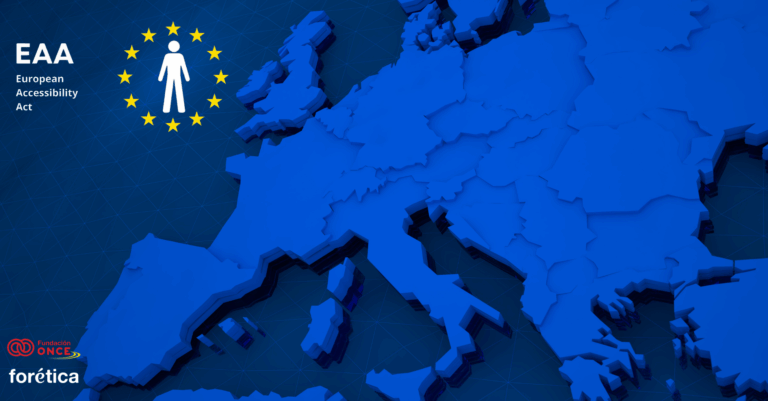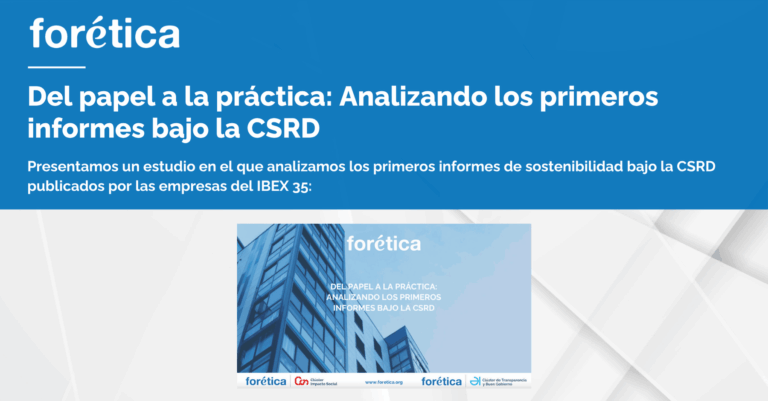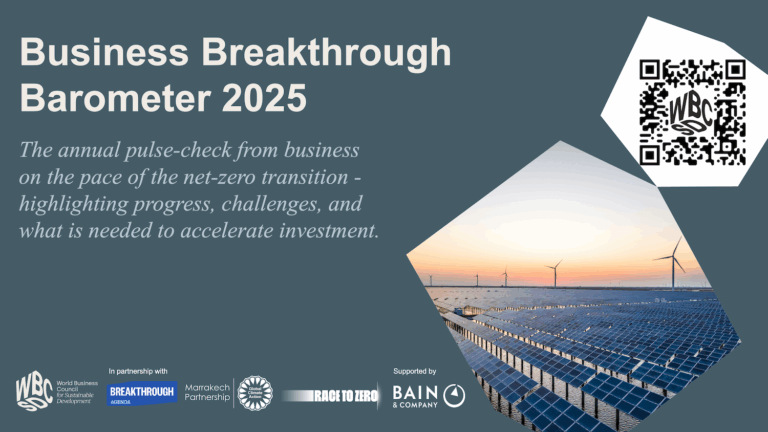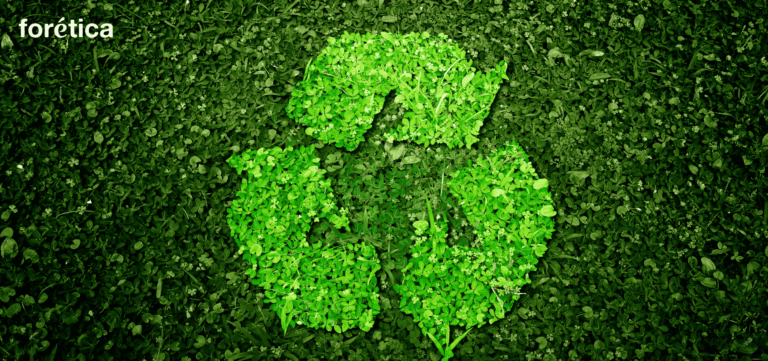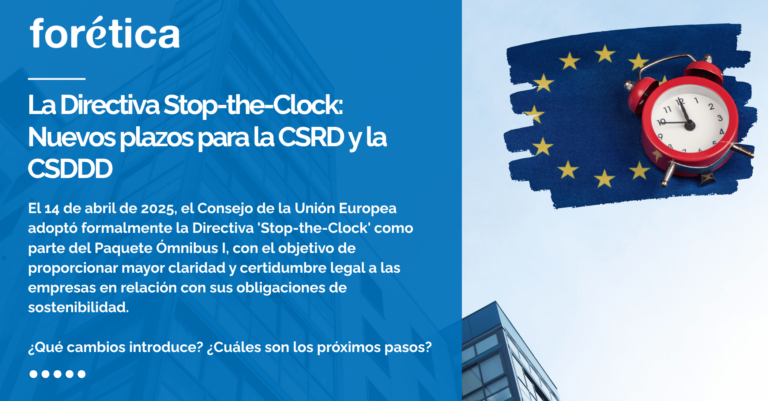Han pasado casi cuatro años desde que, en diciembre de 2015, la Comisión adoptara su Plan de acción para la economía circular para dar un nuevo impulso al empleo, el crecimiento y la inversión y desarrollar una economía baja en carbono y residuos, eficiente en el uso de los recursos y más competitiva.
Este Plan propone un enfoque sistémico en todas las cadenas de valor y la integración de los principios circulares en la producción y el consumo de plástico, la gestión del agua, los sistemas alimentarios y la gestión de flujos de residuos específicos.
Para la consecución de estos ambiciosos objetivos, se definieron 54 acciones que, a día de hoy, ya se han concluido o se están implantando, aunque se espera seguir trabajando en alguna de ellas más allá de 2019. En este sentido, a principios del este mes de marzo, la Comisión Europea publicó un informe de progreso sobre la aplicación del Plan de acción para la economía circular, donde se detallan los principales avances.
Destacar la Estrategia de la UE para el plástico en una economía circular (primera estrategia global del plástico) que propone que, de aquí a 2030 todos los envases de plástico comercializados en el mercado de la UE sean reutilizables o reciclables. Con el objetivo de impulsar el mercado de los plásticos reciclados, la Comisión ha puesto en marcha una campaña de compromiso voluntario, que ha sido asumido por 70 empresas y ha puesto en marcha la Alianza Circular sobre los Plásticos.
Además, ya existen algunos datos de impacto que ponen de manifiesto que la transición hacia un modelo de economía circular es rentable para la economía, para el planeta y para las personas.
Estos datos muestran que en 2016, los sectores más implicados con la economía circular empleaban a más de cuatro millones de trabajadores en la Europa de los 28[1], lo que supone un incremento de más del 6 % con respecto a 2012 (tendencia que se cumple en España). La aparición de nuevos modelos empresariales y nuevos mercados vinculados con actividades circulares como la reparación, la reutilización o el reciclaje han generado un valor añadido de casi 147.000 millones de euros[2], que han llevado consigo una inversión de aproximadamente 17.500 millones de euros[3].
Además, se ha identificado un aumento en la tasa de reciclaje de residuos municipales durante el período 2008-2016, así como un incremento en la demanda de materiales reciclados, aunque todavía suponen menos del 12 % de la demanda de materiales de la Unión Europea[4]. Este dato es aún más bajo a nivel global, que se estima en un 9%[5].
Uno de los grandes retos para conseguir la transición hacia un modelo de economía circular es la dificultad de medir la circularidad y hacer un seguimiento del progreso a través de un marco global que permita la comparabilidad y, sobre todo, la contribución a la Agenda 2030, en particular al Objetivo de Desarrollo Sostenible 12, que aboga por una producción y consumo sostenible.
Actualmente son numerosas las organizaciones que están avanzando en la definición de indicadores que permitan medir la circularidad, especialmente en el sector privado (Circular Metrics – Landscape analysis, WBCSD & Climate KIC). Se espera que estos indicadores vayan más allá de la medida de los flujos de materiales y que permitan mostrar el cambio sistémico que supone la economía circular, que afecta a la totalidad de la economía e incluye todos los productos y servicios.
La Comisión Europea ha creado un marco de seguimiento de la economía circular basado en indicadores sobre la eficiencia en el uso de los recursos y de materias primas, publicados en la página web de Eurostat.
Por otro lado, el World Business Council for Sustainable Development, en el contexto de su iniciativa sobre economía circular, Factor 10, está trabajando en la definición de un marco de seguimiento de la circularidad que permita ayudar al sector privado medir su contribución con la economía circular y poder escalar esta información a la gestión de riesgos y toma de decisiones.
Debido a su relevancia, la medida de la circularidad ha sido la temática elegida para el segundo año de trabajo del Grupo de Acción de Economía Circular de Forética, formado por diez empresas de distintos sectores de actividad que cuentan con el firme compromiso de liderar la acción empresarial en materia de economía circular en España.
Con ellas, desde Forética seguiremos generando conocimiento sobre la temática, acercando a nuestros socios para contribuir con un ecosistema más circular y llamar a la acción a otras organizaciones para seguir avanzando en la consecución de los ODS. Tal como se sugiere en el documento de reflexión de la Unión Europea Hacia una Europa sostenible de aquí a 2030, la economía circular es un eje clave para asegurar una Europa más competitiva, más inclusiva y más sostenible, que es la Europa que demanda la Agenda 2030.
La próxima parada será Helsinki, en Finlandia, donde tendrá lugar el World Circular Economy Forum, espacio de encuentro global para en el que se tratarán los retos más relevantes a los que hay que dar respuesta para acelerar la transición hacia el modelo circular.
[1] Private investments, jobs and gross value added related to circular economy sectors. Number of persons empoyed. Eurostat
[2] Private investments, jobs and gross value added related to circular economy sectors. Value added at factor cost (M Euro). Eurostat
[3] Private investments, jobs and gross value added related to circular economy sectors.Gross Investment in tangible goods (M Euro). Eurostat
[4] Circular material use rate. % of total material use. Eurostat
[5] The Circularity Gap Report. Circle Economy (2018)

